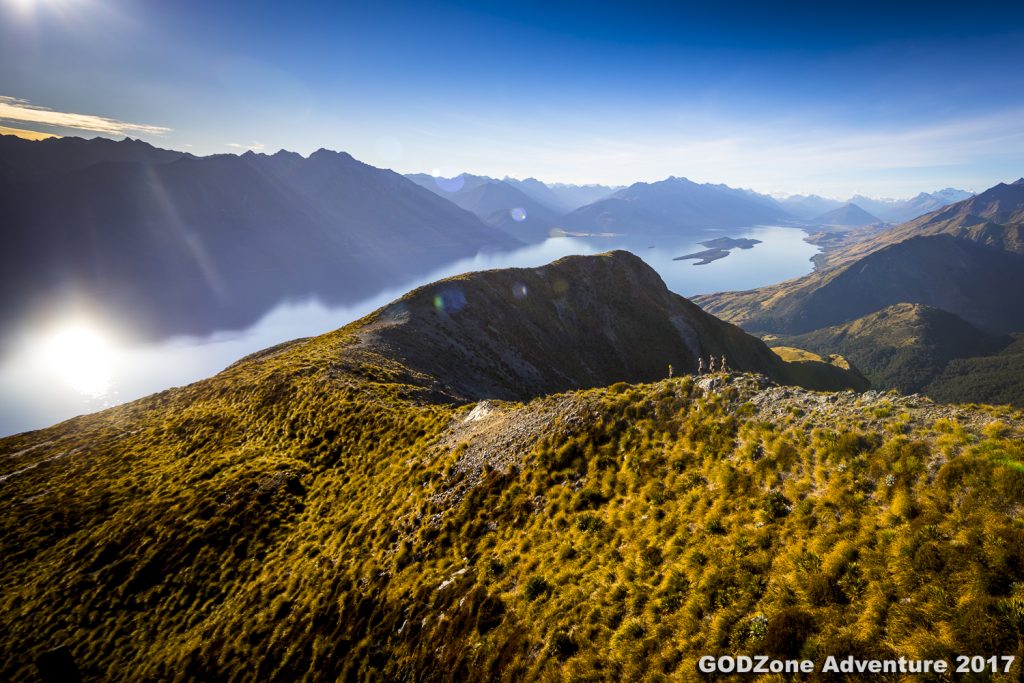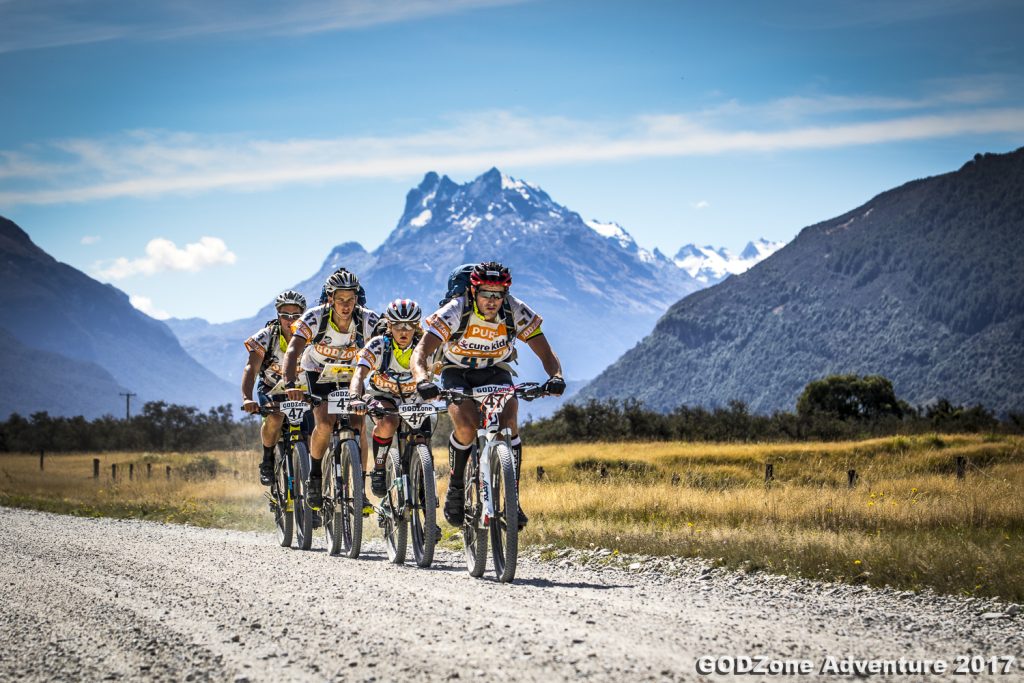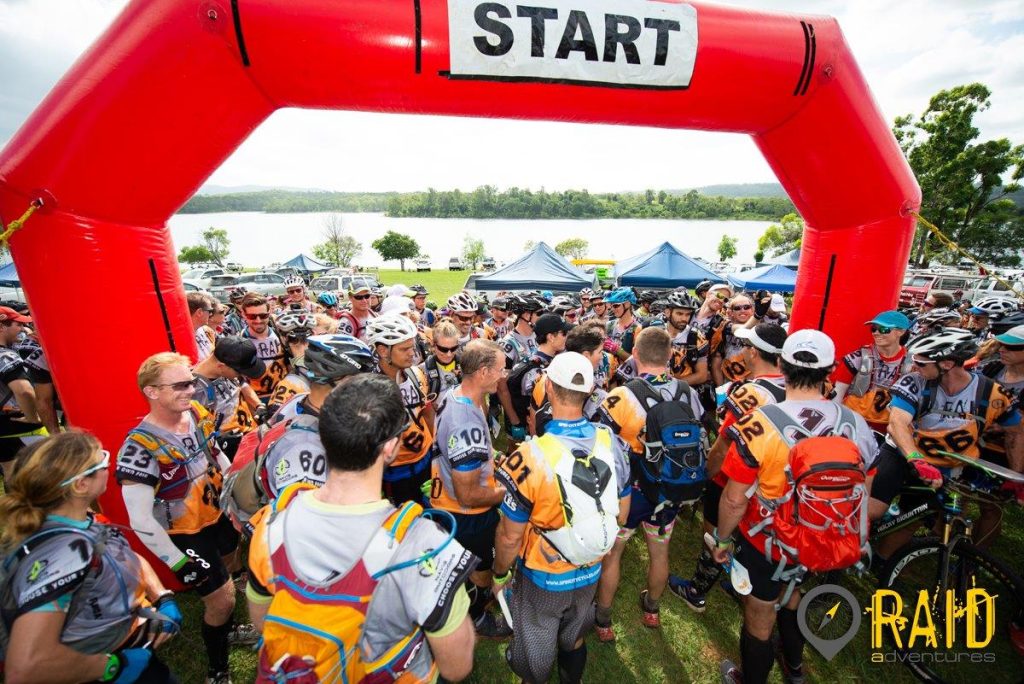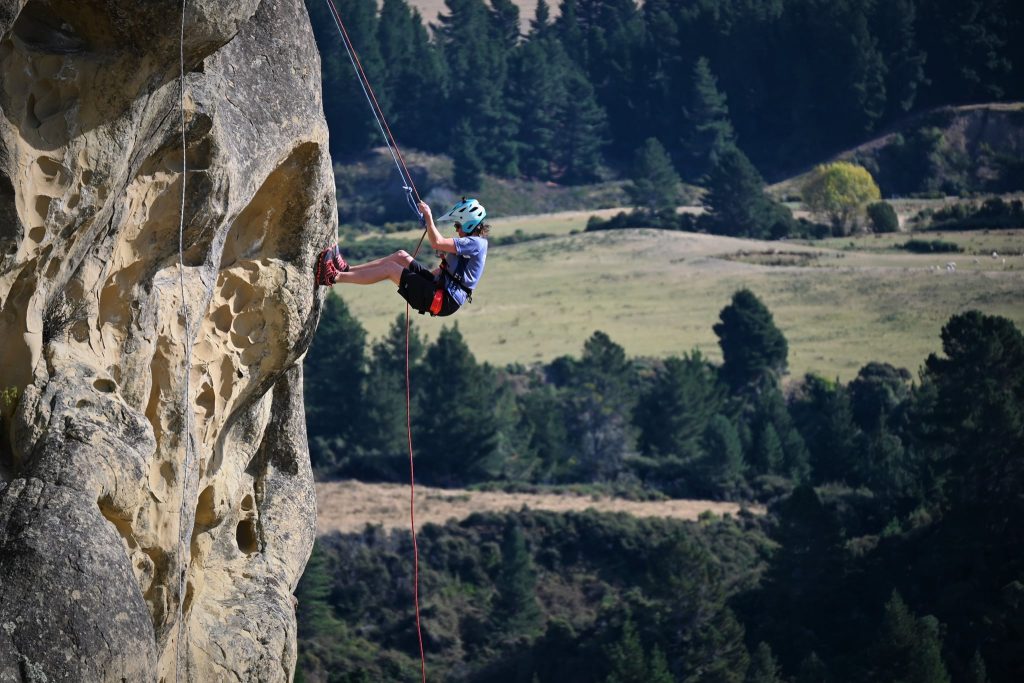WHAT IS ADVENTURE RACING?
The term “adventure racing” is used for a variety of races and sports, all bound by the common element of adventure. It’s even thrown around in motor sport circles, where cross country rallies take place. But don’t expect any forms of motorised help in an Adventure 1 Race. We have a collection of races that sit at the tough end of “human powered” adventure racing, which is why you often hear the phrase “toughest of human endurance sports”.
At its heart, adventure racing is a multi-disciplinary team sport using the core transport modes of trekking, mountain biking and kayaking to navigate via map and compass an unmarked course across wilderness areas in a race to the finish line. This creates the feeling of being a modern day explorer as teams rely on just a series of check points to negotiate an unmarked route via a path of their own choice, with navigation playing a key role in a teams success.
Adventure races can range from a two hour sprint format to over a week in duration and the clock never stops. The longer race formats (often referred to as expedition length races) also introduce elements such as pack rafting, roping (both ascending and descending), caving, white water rafting, skating, kick-biking, sailing, horse riding and hike-a-bike (yes pushing or carrying your bike through mud, rivers and vertical ascents).
Add in the need for team’s to manage when and where they sleep as the clock never stops, strategic decisions on route choice, competency in the use of a wide range of equipment, complicated logistics around access to that gear, along with the physical ability to traverse several hundreds of kilometres of unmarked terrain non-stop while navigating with little or no sleep whilst managing dynamics between team members when everyone is running on empty and you have a recipe for the ultimate team sport. What the *#%%^
Don’t worry, these elements are not there to deter and scare you, but present an opportunity for you to be inspired to go achieve what you thought impossible. To follow thousands of other everyday active people, who have used their spirit of adventure and the sport of adventure racing to achieve greatness within themselves. You don’t need to be an “elite” athlete to compete in adventure racing… the spirit of adventure is more important.
What’s this got to do with “What is Adventure Racing” you ask…. Well too often the tangible facts of adventure racing are explained without mentioning the intangible benefits.
At Adventure 1 we believe adventure racing should not be defined just by what you do but also by what you become.
Ok enough warm and fuzzy stuff…back to the tangible…
If you look at adventure racing globally, there are various races that have defined adventure racing in their own unique way. These include iconic expedition length races like GODZone, Primal Quest or Patagonian Expedition Race as well as others such as New Zealand’s Coast to Coast and China’s stage races.
Adventure 1 has created the ultimate national series and world cup evemts that offers you the chance to compete across multiple length races to both develop and challenge you.
Sprint races
2 – 6 hour events
These generally range from two to six-hour events (but some races extend to 12 hours) and are a great introduction to the sport. Navigation and map reading is a little less challenging than the longer format races and equipment like kayaks are often provided.
There is also a sport called multisport (think off-road triathlon) where a course is laid out so no navigation is required. Generally, you race as an individual and not in a team. These are also great races to introduce you to multi-discipline off-road sports and have been the breeding ground for many of the elite expedition racing teams. These are short, fun, great for skills and speed training and you get to go home to a warm bed at night!
Exploration Races
24 hour races
These races start to test your endurance levels. Navigation will be a little more challenging and teamwork starts to play a bigger role in your ability to reach the finish line. The elite-level teams keep a heart-stopping pace in these races and the newbies to the sport overcome the inaccurate perception that your body can’t possibly race all day and all night without sleep.
48 hour races
For the most part, these are extended versions of the 24-hour format but really test whether you have the x-factor to take on expedition length racing. What’s unique is these races unfold to become two races in one. The elite teams pack light and reach the finish line in under 30 hours, requiring them to run the marathon distance trekking legs. The slower teams face being out in the elements for up to 48 hours, needing to carry more supplies and heavier packs, resulting in completely different race strategies including sleep strategies.
Some teams push on without sleep, fighting off the sleep monsters and rely heavily on teamwork for survival. Others may drop for a quick 90min nap, but at the risk of being short-coursed (short-course is a term used to describe when race directors force you to take a short cut, with penalties, so you can reach the finish line before cut-off)
You will be introduced to the importance of transition areas (TA’s) where you are reconnected with your pre-packed box of equipment and food that required meticulous planning on your behalf. You only have yourself to blame for not packing that spare pair of socks or energy bar! That said, some race directors offer support crews who will be waiting for you at transition with a big smile and some fresh made food.
Team work, sleep strategies and route selection make and break dreams in these races.
Expedition length races
48 hr to several days
Covering 100’s of km’s over several days, this format of adventure racing provides an opportunity for race directors to create once-in-a-lifetime adventures through vast areas of unmarked terrain, rarely if ever visited by humans. You completely immerse yourself in nature and test every limit of your mind, body and spirit. Be prepared for anything and know that teamwork is critical and conflict management becomes a new discipline you need to sharpen up on.
Teams still race non-stop (unlike multi-day stage races) and sleep where they drop, anywhere from 90min a day for elite teams to four hours a day for those teams whose goal is to survive and make it to the finish line.
Adventure racing is teamwork like you’ve never experienced…. Agreeing your teams race goals and expectations before you start will go a long way to avoiding a 3am race meltdown and instead pave the way for creating life long friendships.
Generally, each team has a captain who will set the pace and make key strategic decisions, a lead navigator, a packhorse (someone strong who can shoulder the extra weight of team member’s equipment in the event of fatigue and injury) and the mother hen (or father hen) who looks after team welfare. It’s all too easy to forget to eat and drink or change into the right clothing which can lead to an early exit from the race. Dehydration and hypothermia are real risks in adventure racing and must be managed closely.
So let’s remove the myth that you can’t try adventure racing because you can’t navigate. It’s a team sport and you can learn under the guidance of your lead navigator. You will no doubt enjoy the experience of navigating and end up joining your local orienteering or rogaine association. Check out www.rogaine.asn.au.
The premier division in adventure racing is called the “Mixed” category, requiring at least one male and one female in a four person team.
Adventure racing is many things… It’s a sport, way of life, bush therapy, an opportunity to escape and redefine who you are and what you are capable of. Adventure racing embraces the spirit of adventure, but demands resilience, toughness and a relentless drive to keep going despite all odds. Words and videos go some of the way to explaining what adventure racing is, but when you throw yourself out there into the elements and conquer a race you will truly understand what adventure racing is.











